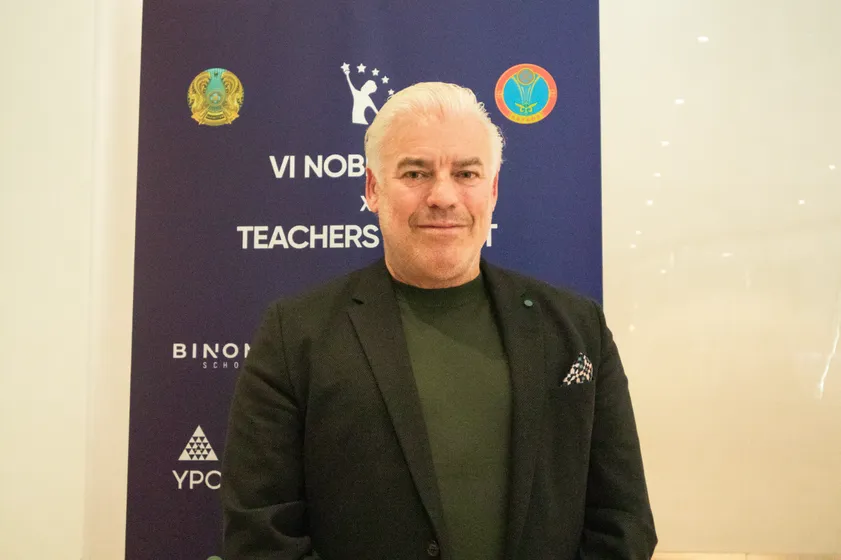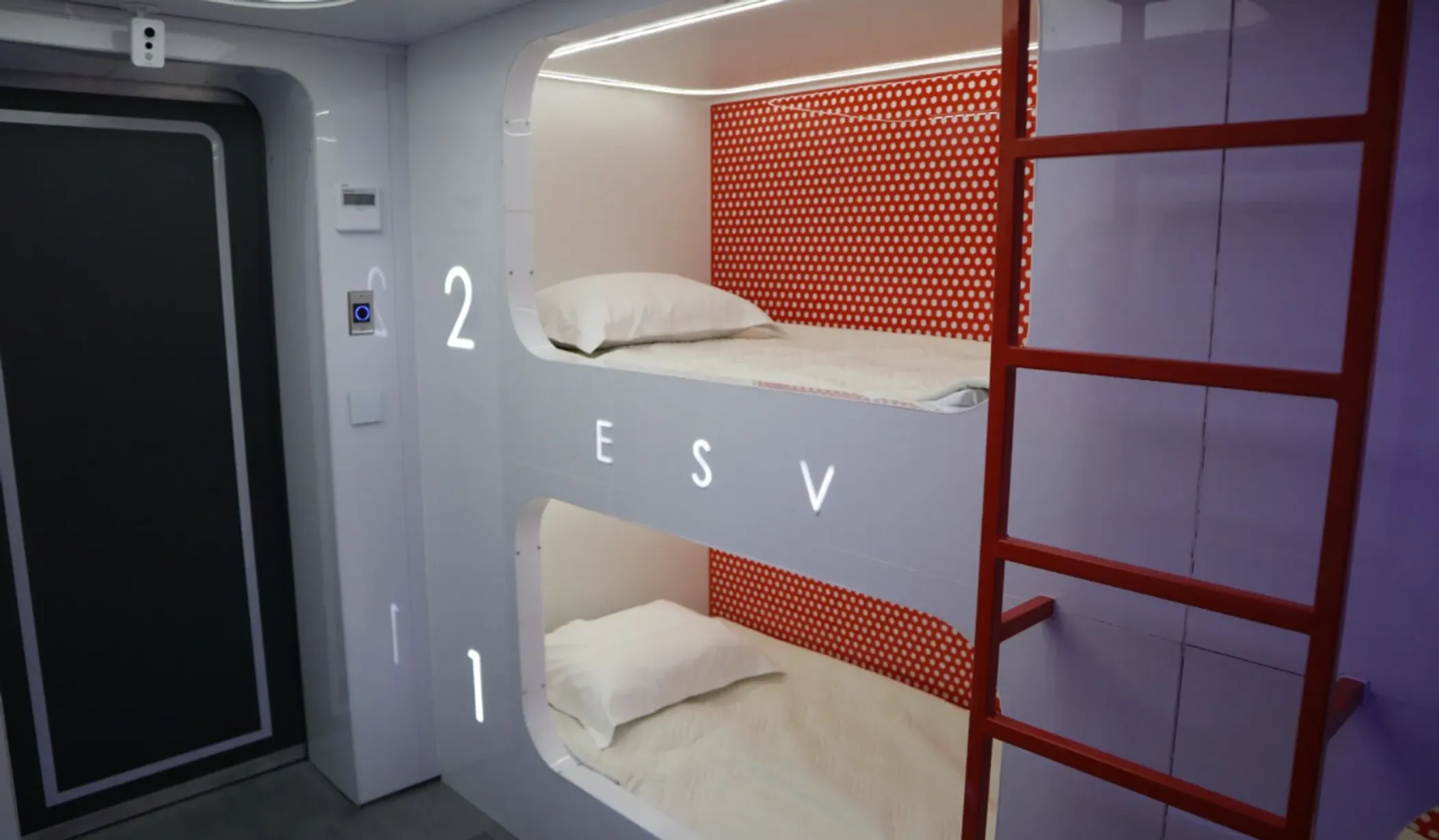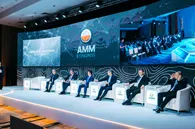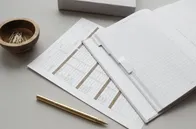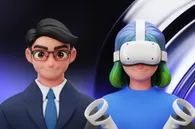The name Frank Stephenson wouldn’t fall on deaf ears for those passionate about automotive design. His portfolio covers three decades of visual works from the reinvention of the Mini to the McLaren P1 inspired by a sailfish, and that’s just to name a few. Today, in a world where electric vehicles have started to sink in with the masses and become more and more accepted, Stephenson's work has gradually expanded into new areas of industrial design. His studio now tackles eVTOLs and ventures into one of the latest trends – space tourism.
Earlier in October, the QazMonitor reporter had the opportunity to sit down with the renowned designer just before his panel at the Nobel Fest in Astana. Stephenson's design for the HALO Space project introduces a potentially new perspective on space tourism, suggesting that it might not solely be about vanity but rather about inner transformation, akin to the experiences people have when visiting ancient cities like Machu Picchu or Angkor Wat.
New luxury
Since space tourism is still a novelty, how did you approach working on this project? Did anything change in how you applied your design principles?
Going to space will never be cheap – I mean, it will get cheaper, obviously – but going there, you’ll have to first think of the kind of person who wants to do this and the impact that it will have on society. In one sense, it's good because every single person who has gone to space and looked at the Earth has had a completely reformed attitude.
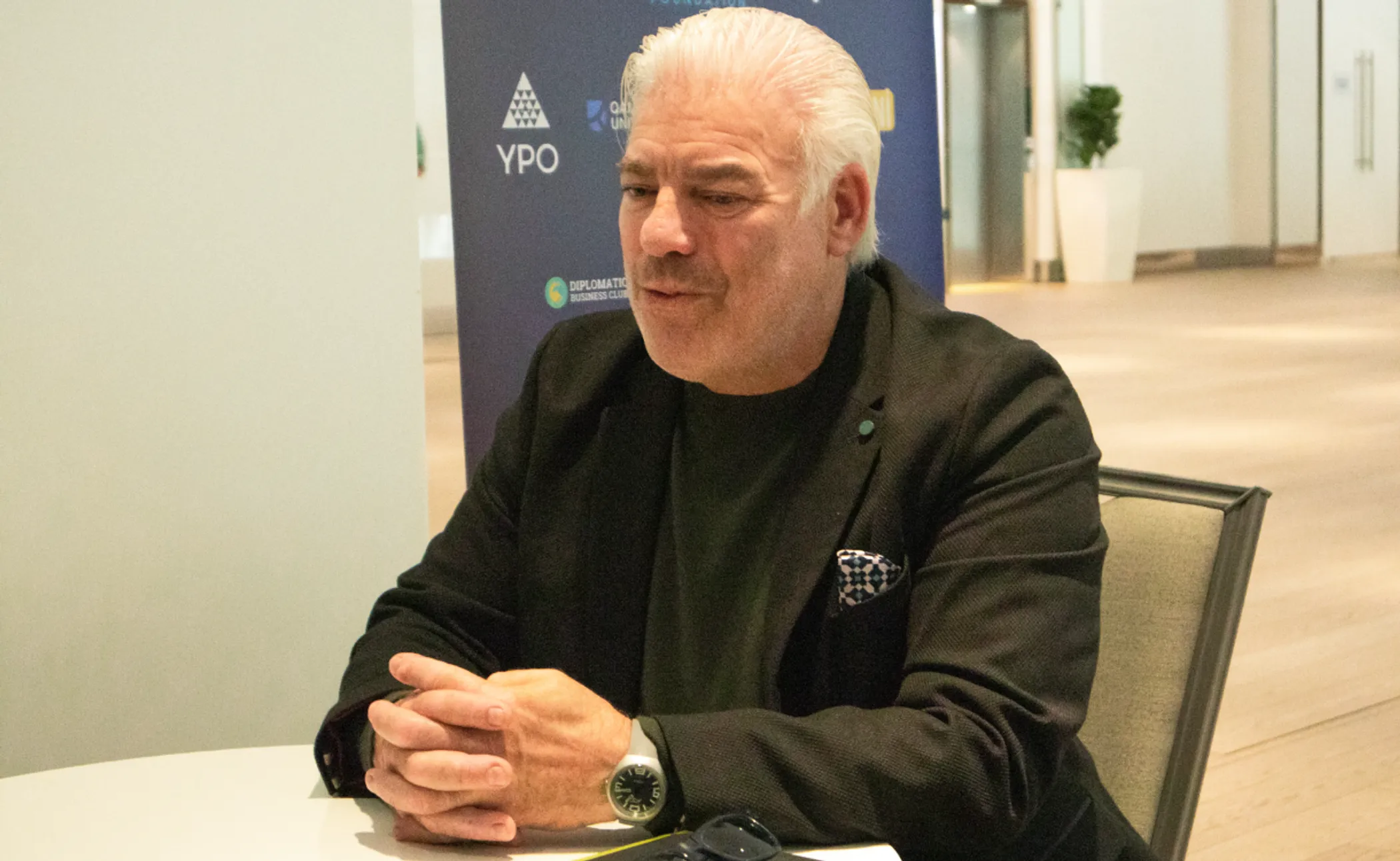
I haven't done this, so I can't confirm it. I can only listen to what people say when they come back to Earth and how much it changed their spirituality and it's really interesting cuz... I'm spiritual but not that spiritual! And these people come back, and I mean, they're still the same person, but their view of how we have to look at the Earth is much more good. (laughs)
So, I would only work with a company that wants to be carbon-neutral, so we don’t burn [fuel] as we go up to the upper levels of the stratosphere. It’s around 30 kilometers up into space and because it goes up in a helium balloon, there’s no damage to the planet and the environment.
And everything you see and touch within the actual interior of the cabin has to be sustainable because sustainability is a new luxury. The new generation—people growing up—don't see luxury as we see it today. It's not the value of the material if it's gold or whatever, it's more about how you create it. It has to be intelligently created.
Take a memo for the future
This project differs from your prior work as the capsule that accommodates eight people serves as a kind of short-term living space. Did that change anything in your design process?
Yeah, so, you would want to be able to choose privacy. You don’t want to be forced to share a two-on-two [arrangement], as you would want to spend time with somebody you know, and you would want to be able to talk. So, you would have to have the ability to personalize your space.
And what is interesting is what you do for six hours in space. You might get bored. (laughs) So, it’s about the experience you have. The passengers can’t actually select the exact date when they'll go up; it’s all weather-dependent. And there’s a whole lead-up to the event, the take-off, and the capsule will have a learning experience.
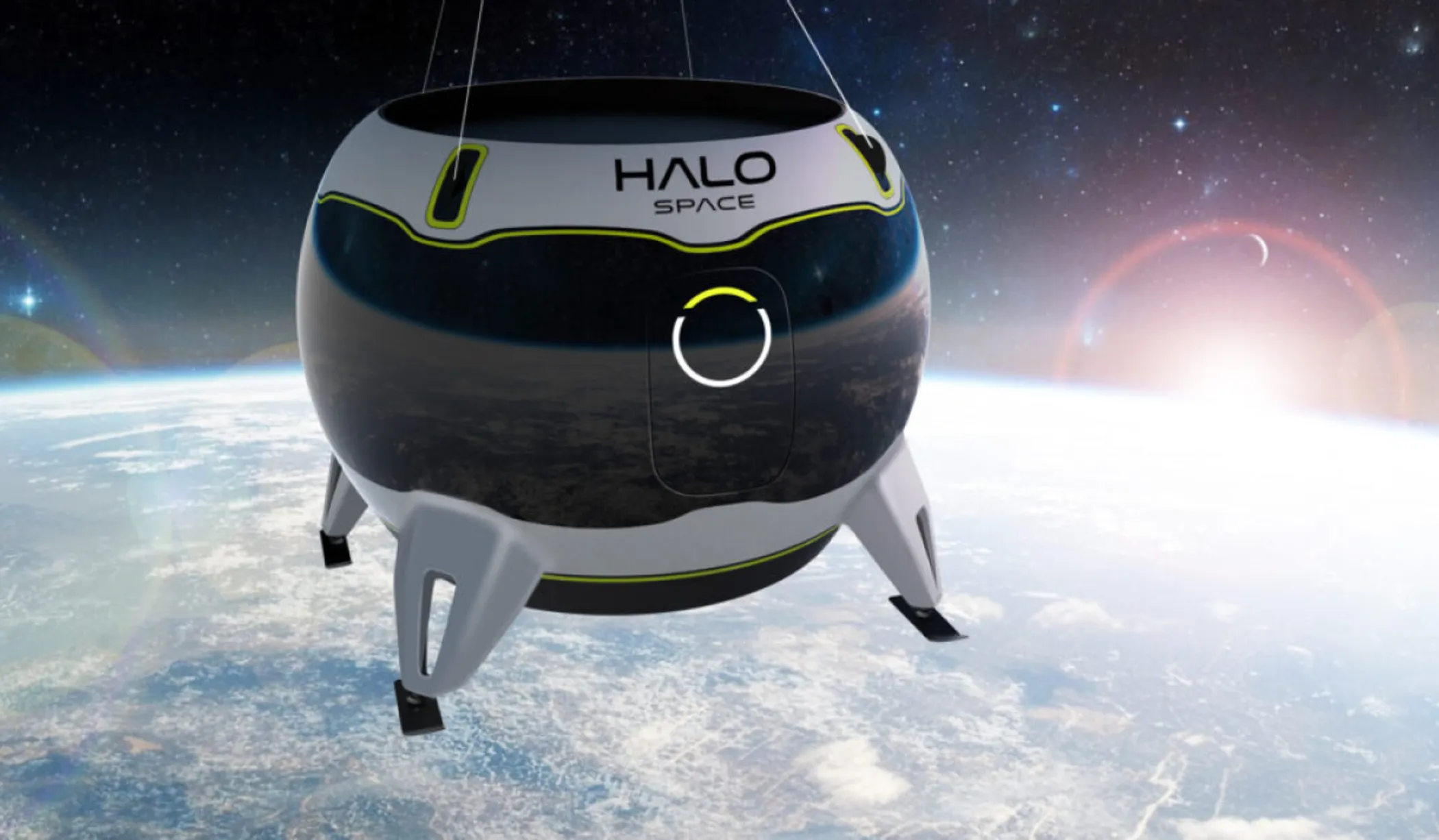
Everything about the Earth, the cosmos, and much of it will be what we call 'holographic.' Because the experiences inside have to be on a higher level than what you would expect. [Upon entering] the first thing you experience is the smell. If you think about it, sometimes when you smell something, it takes you way back to your youth that's because that smell is distinctive, so we have to create a distinctive scent [to remember]. It's kind of like:
What does space smell like?
Also, when you're up there, the capsule isn't still; it rotates all the time – it's a natural phenomenon. So, you'll be constantly getting a different view of the Earth, and as it goes up you're going to see the sunrise over the horizon, or sunsets as well.
'If nature were to design the capsule how would it design it?'
How do you go about creating a spacecraft design that instills the feeling of safety?
The last thing you want is to feel unsafe or even claustrophobic. These are the two things that we have to be careful about. You should feel like in a futuristic living room but there are also contradictions to that because the big enemy when you design a capsule is the weight.
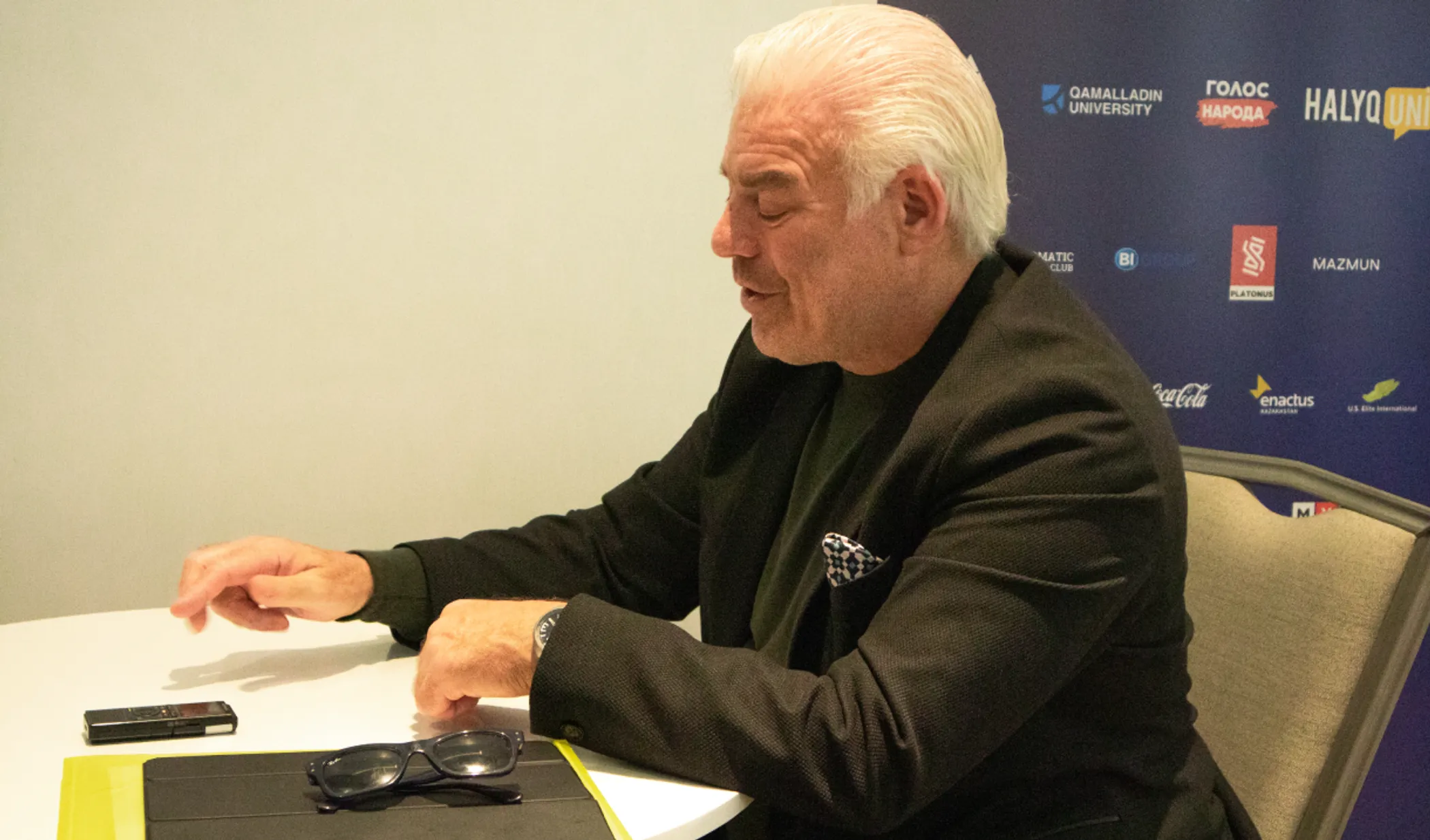
So, we measure it by the grams. 'How much does that bolt for the seat that attaches it to the floor – how much does it weigh? Ok, can we get a lesser one?' It’s like that. And you want to give a customer paying between €100,000–€150,000 for the trip a first-class experience, yet you can’t design it that luxurious. So you have to find a balance where the customer is getting a feeling like they’re getting more than they’re paid for – that’s the way to always be successful, if a customer feels like, 'Wow! That’s more than I expected!' yet you’re still in budget.
So, that’s the conflict. We’re approaching the material side much like IKEA or a mountaineering company that utilizes materials that are super resistant to cold, [have decent] ventilation, and all that kind of stuff. And it doesn’t look expensive, but it is, and you know its quality. And this is the kind of environment we gonna be developing for the interiors. It has to have a wow factor, so it’s like, 'I haven’t seen this material before, but, gosh, it’s so comfortable sitting here!' So, everybody sort of has to feel like they’re being treated as special.
Does the spacecraft necessarily require a futuristic design? For instance, last year, our space agency unveiled Space Nomad, a ground-based space module, designed to replicate the isolated conditions of a space station, and it also featured a futuristic design.
Yeah, I know what you mean. The thing with this is that it is not futuristic. Because the future is what we create now, and then it comes out tomorrow, and that’s not futuristic, that’s just innovative thinking.
It looks futuristic because you haven’t seen it before or it’s more efficiently designed. For example, the toilet in the middle [of our capsule] – it’s a tube. You go inside and the doors woosh sideways because we can’t open the doors that way or this way, so we have to have something that goes whoosh.
And you don’t just put a toilet in there. It looks like it actually grows out of the wall because it’s space-efficient. So, everything will look like it’s organic and that’s one of the secrets – if you do everything as if the capsule was grown and not built, people will think like it’s a futuristic design but that’s just what nature normally does. So, we are just asking:
If nature were to design the capsule how would it design it?
